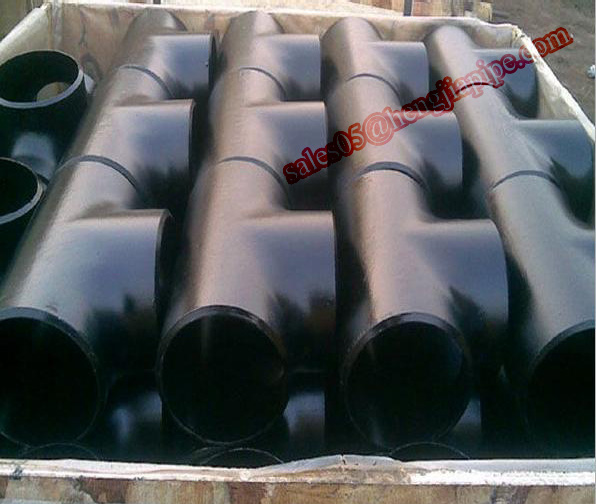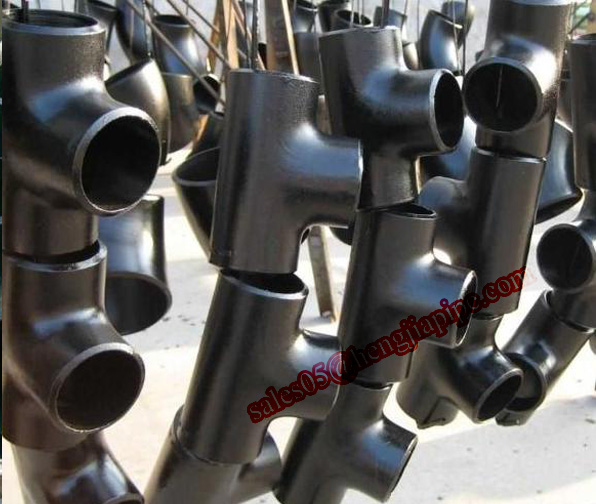Introduction Lead is widely used in the manufacture of lead-acid batteries. With the development of the automotive industry, the production of lead-acid batteries has increased year by year. At the same time, more and more waste lead-acid batteries are produced every year. It is of great significance to properly recycle waste lead-acid batteries. . Lead produced from waste lead-acid batteries is called lead regenerated lead, and lead produced from lead ore is called lead. At present, the production of recycled lead in Western countries has exceeded the production of primary lead, and the proportion of recycled lead has increased year by year, as shown in the table below. The production of recycled lead in China and the production of primary lead are shown in the table below. Table of production of recycled lead and primary lead in Western countries [1]            (10,000 t ) year    Share 1993 1994 1995 1996 1997 1998 Total lead production 452.6 458.7 478.5 479.1 496.8 492.8 Regeneration of lead 230.3 248.3 267.3 279.2 292 294.6 Primary lead 222.3 210.4 11.2 199.9 204.8 198.2 Recycled lead /% 50.9 54.1 55.9 58.3 58.8 59.8 China's total lead production and recycled lead production table [1]             (10,000 t ) years 1990 1991 1992 1993 1994 1995 1996 1997 Total lead 29.65 32 36.6 41.19 46.79 60.79 70.62 70.75 Regenerated lead 2.82 4.63 4.83 0.43 0.5 7.53 14.36 12.37 Recycled lead /% 9.51 14.47 13.2 10.76 20.3 28.84 20.33 17.48 There are three methods for the production of recycled lead: fire method, wet method and fire method, and wet method. Waste lead-acid battery parts           ( % ) Component Lead alloy lead  mud Plastic  material Separate  board sulfur  acid content 25 38 10 5 twenty two Lead mud content           ( % ) Component PbSO 4 PbO 2 PbO Pb 0 Pb other content 50~60 15~35 5~10 2~5 2~4 Process and principle of solid phase electrolysis treatment lead-acid battery The process flow of solid phase electrolysis treatment of waste lead-acid battery is shown in the figure below. The waste lead-acid battery is first sent to the separator by a belt conveyor and separated into four materials: plastic, separator, grid and lead mud. The plastic can be directly sold; the separator is treated by harmless incineration; the grid is melted at a low temperature and its composition is formulated, and a six-element lead alloy ingot is cast for the grid of the lead-acid battery; the lead mud is converted by the electrolytic residue. The conversion reaction is as follows:
Butt weld tee
Why is it called butt weld tee? Because there are three outlets. All the outside diameters are same, it should be equal tee. For those tee fittings whose run pipes are larger than branch pipe, it is
reducing tee. In addition, there are split tee, barred tee, and lateral tee 45degree.
Butt weld tee
Specifications for butt weld tee:
1. Size:1/2``-24``(Seamless Pipe fittings) 26``-96``
2. Wall thickness:SCH5-XXS
3. Material:carbon steel A234 WPB, alloy steel, stainless steel
4. Standard:ASME B16.9, ASME B16.25, MSS SP75, EN10253 etc.
ANSI B16.9 pipe tee
If customer have special requirements on sizes of each part, these fittings shall be customized.Butt weld tees are widely in used many fields, like architecture, electric power, petroleum,chemical industry etc.
Split Tee,Side Outlet Tee,Galvanized Pipe Tee,Lateral Tee 45 Degree CANGZHOU HENGJIA PIPELINE CO.,LTD , https://www.hj-pipeline.com
The fire method is that after the waste lead storage battery is dehulled and discarded, the high-temperature fire method is used to obtain crude lead, which is seriously polluted.
Is a combined method of separating crushed waste lead storage battery, respectively, to obtain the metal part of mud and lead, with the low melting metal recovery section, to obtain lead-antimony alloy; lead mud wet desulfurization treatment, and then a high-temperature pyrometallurgical give soft lead This method of pollution is better than the above fire method.
The wet method is that the waste lead storage battery is crushed and separated, and the metal part and the lead mud are respectively obtained, and the metal part is melted and recovered by low temperature to obtain lead-bismuth alloy; the lead mud is reduced to pure lead by solid phase electrolysis, and the method basically eliminates pollution, and many Metallurgists have conducted research and made progress [2, 3] . This section focuses on the industrialization of solid-phase electrolytic treatment of lead-acid batteries obtained by the Institute of Process Engineering of the Chinese Academy of Sciences [4, 5] .
Composition of waste lead-acid battery
The waste lead-acid battery is composed of outer casing (polypropylene), grid (lead alloy), lead mud, separator and sulfuric acid. The content of each part is shown in the following table. Lead mud is mainly composed of PbSO 4 , Pb0 2 , Pb0, Pb 0, etc. The content of each component of lead mud is shown in the following table. [next]
PbS0 4 +2Na0H ==== Pb(OH) 2 +Na 2 S0 4
After the conversion, the converted lead mud is applied to the cathode plate by dehydration, and then placed in an electrolytic bath for electrolysis. The electrolyte is a NaOH solution, and various lead compounds are reduced to metal after electrolysis. The reaction formula is as follows:
Cathode: Pb0+2e+H 2 0 ==== Pb+20H -
Pb0 2 +4e+2H 2 0 ==== Pb+40H -
1
Anode: 20H - -2e ==== H 2 0+ - O 2 ↑
2
After electrolysis, the material is melted at a low temperature, cast into a lead ingot, and sent to a battery factory for use.
The oxidized slag generated when the grid is melted can also be reduced to metal by solid phase electrolysis. 

Solid phase electrolytic treatment of waste lead-acid batteries (1)